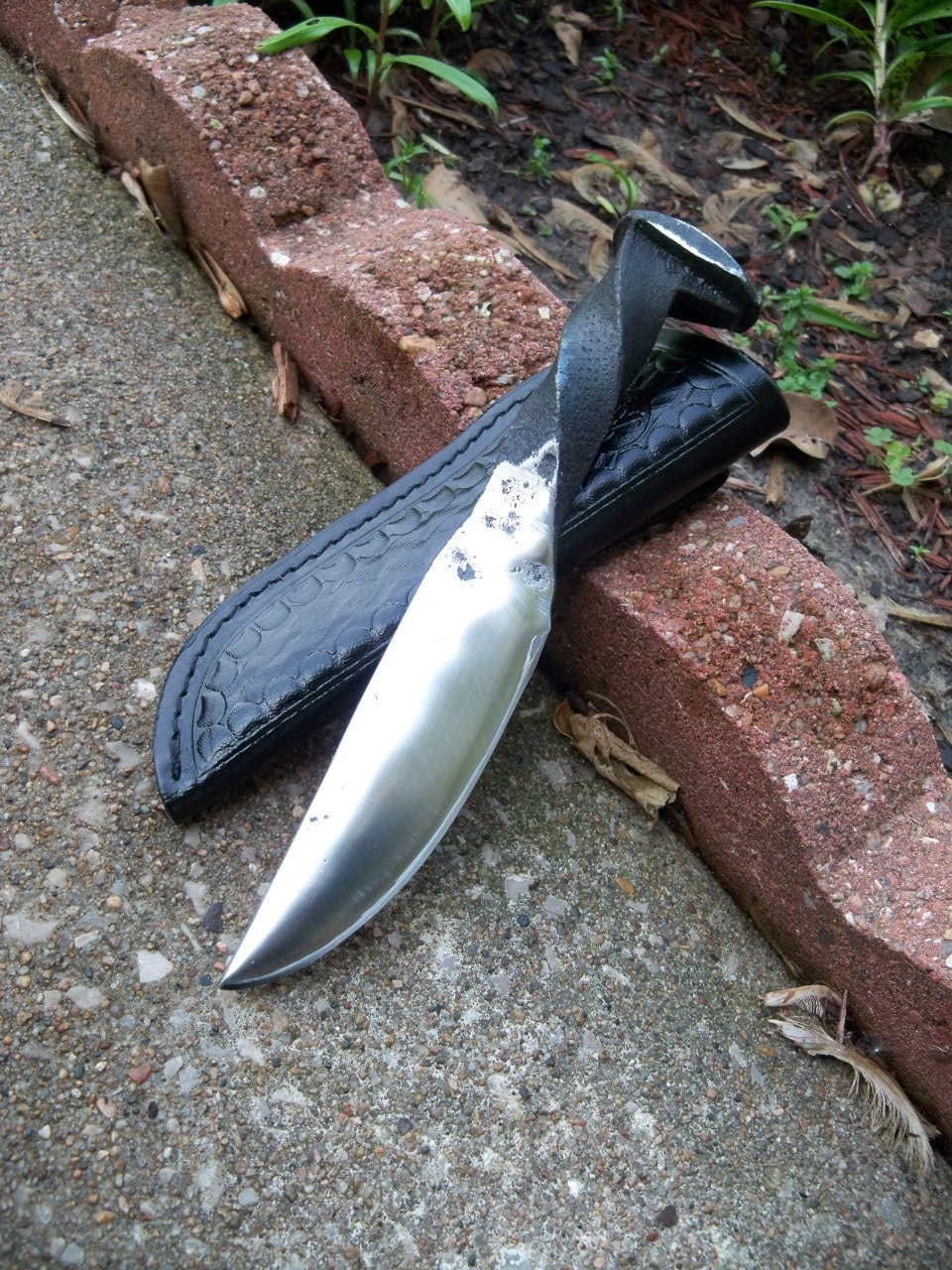

My supplier of railroad spikes (Keystone Spike) who manufactures spikes entirely in the USA using US Steel from Gerdau Ameristeel US has been kind enough to include the actual certification sheets for their Medium Carbon and their “HC” spikes (See attached).

This means that an HC spike can have as little as 0.27 points of carbon, a little lower in carbon then 1045 steel (AISI Standard) referred to as "medium Carbon Steel", containing 0.42-0.50 points of carbon. “Grade 2” spikes must be marked with HC (Higher Carbon) spikes and must have AT LEAST 0.30 points of carbon, with an acceptable variance of 0.03%. Railroad spikes are made by multiple factories, and are held to a standard in regards to metallurgical composition and physical properties, by an organization Called “ASTM International”, formerly known as “American Society for Testing and Materials” for non standard track spikes, and AREMA (American Railway Engineering and Maintenance- Of- Way Association) standard for standard track spikes.ĪSTM A65-07 dictates the specifics of standards for railroad infrastructure including the carbon content and labeling of spikes. While another example material, 1075 (AISI1075) (UNSG10750) is described as “high carbon steel” and contains a carbon content of 0.70-0.80% For example- 1045, a steel that is widely recognized as a medium carbon steel, (AISI1045 describes it as “Medium Carbon steel”) has a carbon content of 0.420-0.50%.

It is generally accepted by most sources that anything from 0.3% Carbon to about 0.6% carbon is considered a “Medium Carbon steel”, and anything above 0.6% carbon a “high carbon steel”. There is no such thing as a “High Carbon Steel” railroad spike, but there is such thing as an “HC” “Higher Carbon” spike! This is just a term used within the railroad industry for when to use specific spikes on specific sections of tracks (HC spikes are often used in tight bends). While I can’t argue their edge retention or hardness properties when forged into a knife (in THIS article), we can easily solve some myths about their carbon content and material composition. Often I hear that “you should only make knives out of the HC Spikes” “HC stands for High Carbon” and “HC spikes make great knives”. The carbon content of railroad spikes is a widely debated and openly discussed topic amongst the blacksmithing and knifemaking communities, so lets explore some facts.


 0 kommentar(er)
0 kommentar(er)
